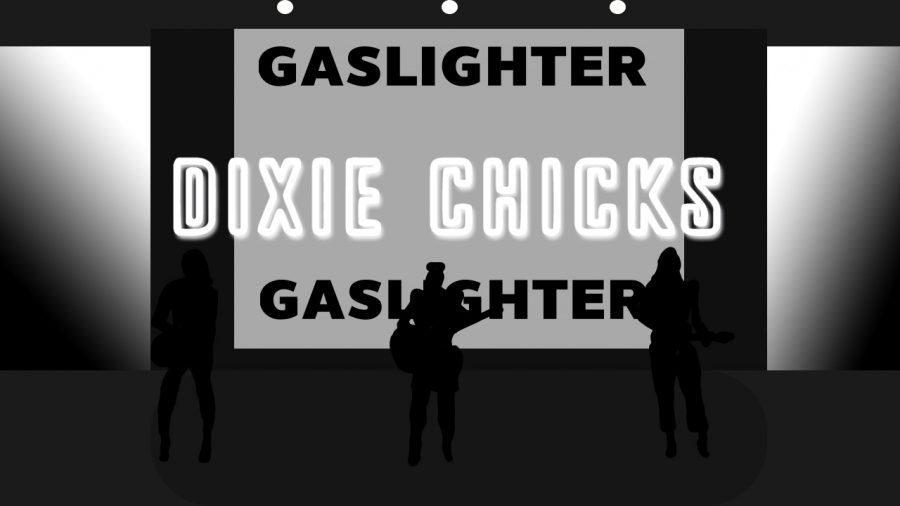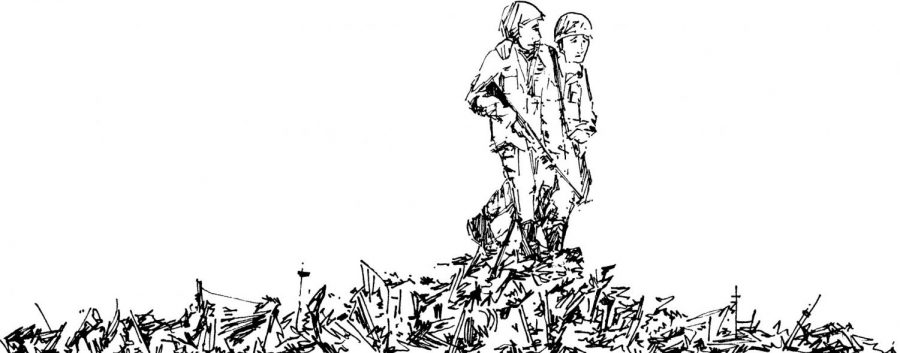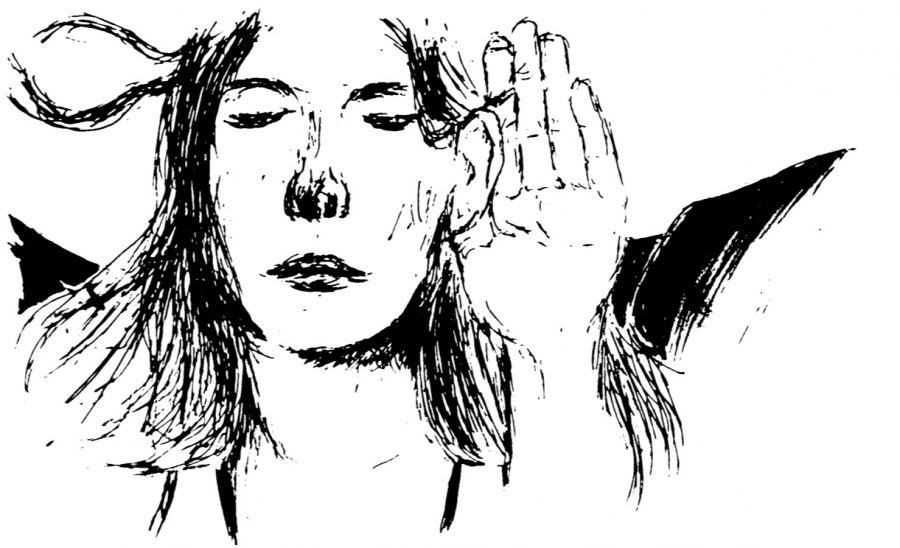Steven Spielberg loves aliens. He loves sappy, magical aliens like E.T. and the hulking, faceless tripods of”War of the Worlds.” He directed the little monsters of “Gremlins” and was executive producer on “Men in Black.” The same year that George Lucas came out with “Star Wars,” Spielberg produced what is perhaps his most powerful (and without a doubt his prettiest) alien film: “Close Encounters of the Third Kind.”
Richard Dreyfuss plays a manic, goofy electrician named Roy. A strange, beautiful night of floating lights leaves him sunburnt on half his face and seized with the image of a mountain that he sculpts obsessively out of mud, shaving cream and potatoes. His family, his job and his neighbors slowly drop out of the picture. He’s joined by a hangdog single mom obsessed with the same mountain. The world they’ve shut out changes dramatically.
“Close Encounters” is a slow, placid movie. It’s not for everyone. Very little happens for a long time. Characters tend to stew in their own confusion rather than generate a plot. There are plenty of tense, empty scenes that trade dialogue for beautiful special effects. Tension builds and builds, and the climax lasts for nearly an hour.
If you can sit through the nail-biting, however, the movie is incredibly rewarding. Over the course of more than two hours, the film switches slowly from global thriller to a beautiful, abstract exploration of music and color. It’s much more “2001: A Space Odyssey” (Stanley Kubrick) than it is “Signs” (M. Night Shyamalan).
For much of the film, John William’s beautiful score is silent if not barely present. Instead, the music of the movie comes in fits and starts. Record players go haywire. Musical toys turn themselves on. A strange drifter whistles a lonely tune. As the movie progresses, the score swells to prominence, and the musical elements of the plot become more pronounced. If you like slow films from the 70s, space or laser light shows, this movie is worth renting.








